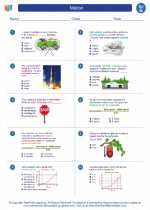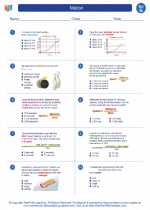Bryophytes: An Overview
Bryophytes are a group of non-vascular plants that include mosses, liverworts, and hornworts. They are small, herbaceous plants that typically grow in moist environments. Bryophytes are considered to be some of the earliest land plants and play an important role in ecosystems by contributing to soil formation and nutrient cycling.
Characteristics of Bryophytes:
- Non-vascular: Bryophytes lack a vascular system for transporting water and nutrients, so they are typically found in damp or wet environments.
- Reproduction: They reproduce through spores, which are produced in structures called sporangia.
- Life Cycle: Bryophytes have a life cycle that includes a dominant gametophyte stage and a smaller sporophyte stage.
- Habitat: They are commonly found in moist, shady areas such as forests, swamps, and wetlands.
Study Guide for Bryophytes:
- What are bryophytes and what are the main groups included in this category?
- Describe the non-vascular nature of bryophytes and its impact on their habitat.
- Explain the reproductive strategy of bryophytes and the role of sporangia in this process.
- Compare and contrast the gametophyte and sporophyte stages in the life cycle of bryophytes.
- Discuss the ecological importance of bryophytes and their role in nutrient cycling and soil formation.







